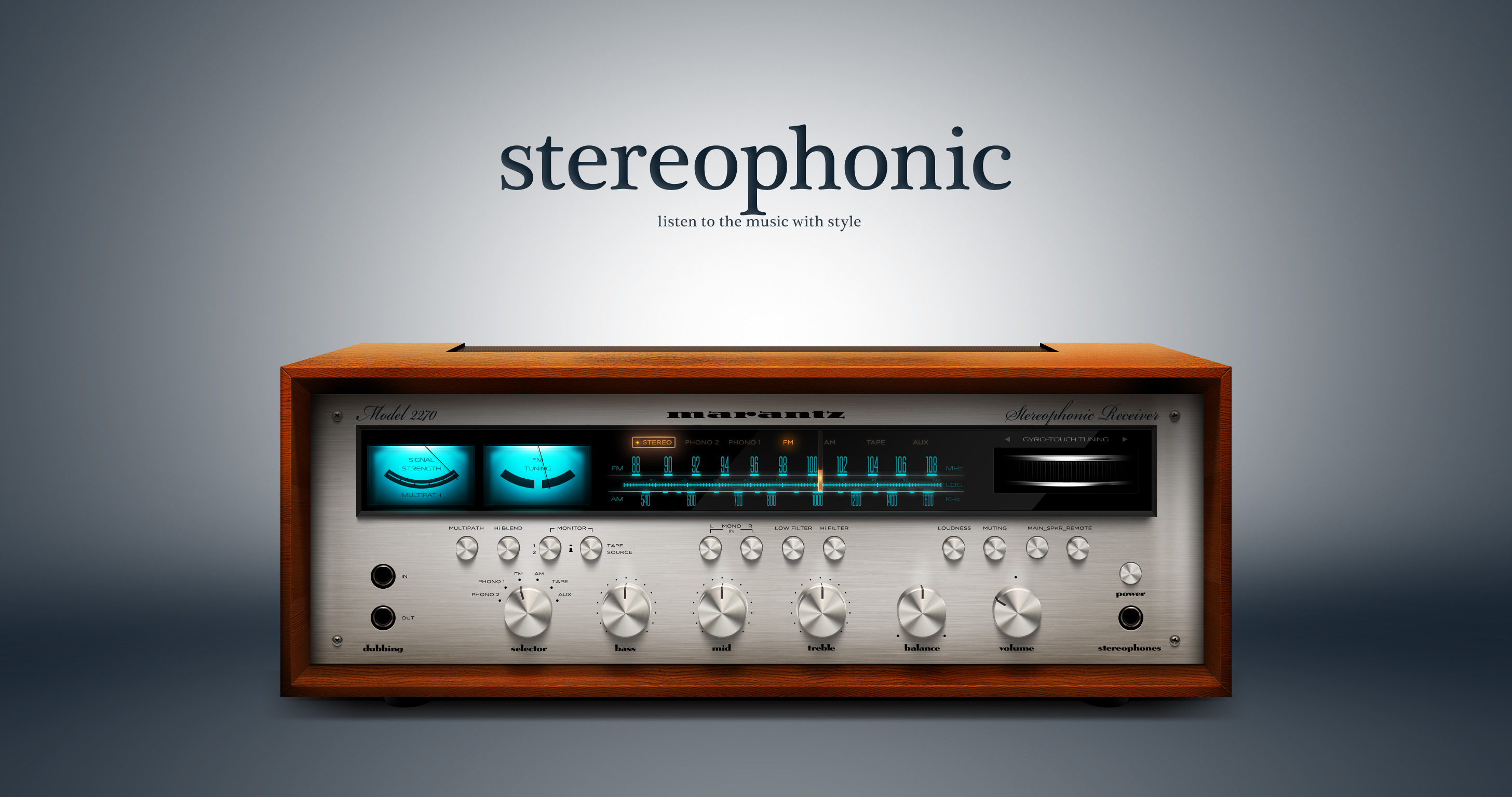Stereophonic Sound System
/GettyImages-685053372-5b08cd883418c60038f2b8a7.jpg)
Stereophonic sound systems, commonly known as stereo systems, are designed to deliver a more realistic and immersive audio experience by creating a sense of spatial awareness for the listener. This is achieved through the use of two or more speakers positioned in a specific configuration, each reproducing a separate audio channel.
Components and Functions, Stereophonic
A typical stereophonic sound system consists of the following components:
- Speakers: The speakers are responsible for converting electrical signals into sound waves. In a stereo system, there are typically two speakers, one for each audio channel (left and right).
- Amplifier: The amplifier is responsible for providing the power necessary to drive the speakers. It takes the low-power electrical signals from the audio source and amplifies them to a level that can drive the speakers.
- Audio Source: The audio source is the device that provides the audio signal to the amplifier. This can be a variety of devices, such as a CD player, DVD player, or streaming device.
Benefits and Applications
Stereophonic sound systems offer several benefits over monophonic (single-speaker) systems:
- Enhanced Spatial Awareness: Stereo systems create a sense of space by placing the sound sources in different locations around the listener. This allows the listener to better localize the sound and experience a more immersive audio experience.
- Improved Sound Quality: Stereo systems can provide a more natural and realistic sound quality by reproducing the audio signal more accurately. This is because each speaker can handle a specific range of frequencies, which allows for a more balanced and detailed sound.
- Increased Listening Pleasure: Stereo systems can provide a more enjoyable listening experience by creating a more immersive and realistic sound environment. This is especially beneficial for music listening, movies, and video games.
Stereophonic sound systems are used in a variety of applications, including:
- Home Audio: Stereo systems are commonly used in home audio setups to provide a high-quality listening experience for music, movies, and other audio content.
- Car Audio: Stereo systems are also commonly used in cars to provide a more immersive audio experience for drivers and passengers.
- Public Address Systems: Stereo systems can be used in public address systems to create a more evenly distributed sound field, ensuring that the sound can be heard clearly by everyone in the audience.
History of Stereophonic Sound

Stereophonic sound, often referred to as stereo, is a method of sound reproduction that creates an immersive and realistic listening experience by utilizing two or more audio channels to deliver sound from different directions.
The journey of stereophonic sound began in the early 19th century with the invention of the stereoscope, a device that presented two slightly different images to each eye, creating an illusion of depth. This concept laid the foundation for the development of stereophonic sound systems.
Early Experimentation
In the 1880s, Clément Ader, a French engineer, experimented with binaural recording, capturing sound using two microphones placed in the ears of a mannequin. While this approach provided a realistic spatial experience, it required specialized equipment and was not widely adopted.
In the early 20th century, Alan Blumlein, a British engineer, made significant contributions to stereophonic sound. He developed a system using two microphones placed at a 90-degree angle to each other, creating a more natural and immersive listening experience.
Stereophonic Recording Techniques

Stereophonic recording techniques provide a more immersive and realistic listening experience compared to monophonic recordings. There are several stereophonic recording techniques, each with its advantages and disadvantages.
The most common stereophonic recording technique is the spaced pair technique, which involves using two microphones placed at a distance from each other. This technique provides a wide stereo image and is often used in live recordings and studio recordings of larger ensembles.
Binaural Recording
Binaural recording is a technique that uses two microphones placed in the ears of a dummy head to create a realistic 3D sound experience. This technique is often used in virtual reality and augmented reality applications.
Surround Sound
Surround sound is a technique that uses multiple speakers placed around the listener to create a more immersive sound experience. This technique is often used in home theater systems and movie theaters.